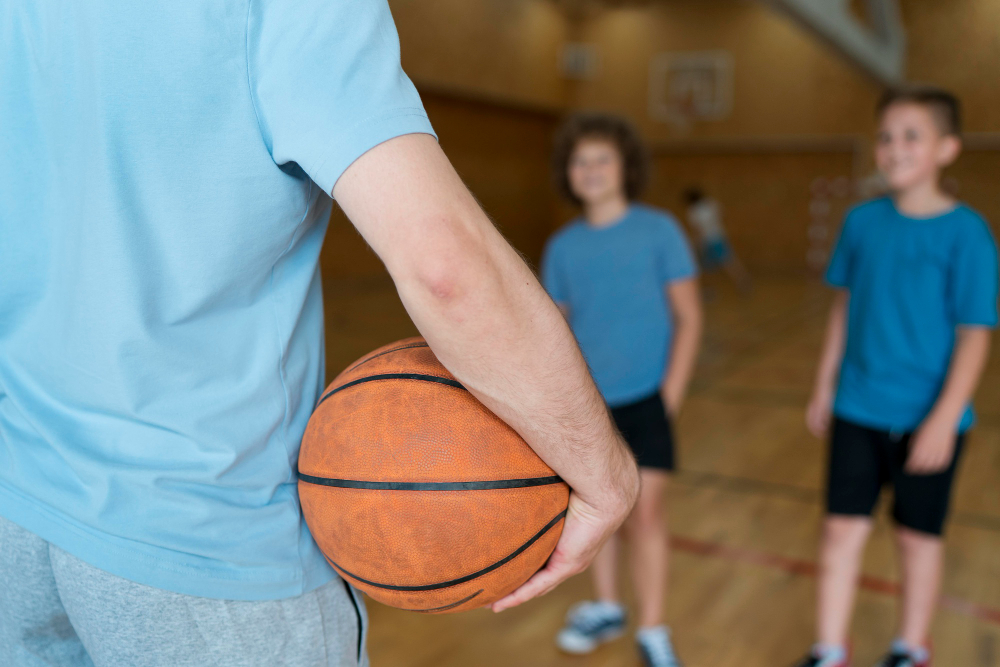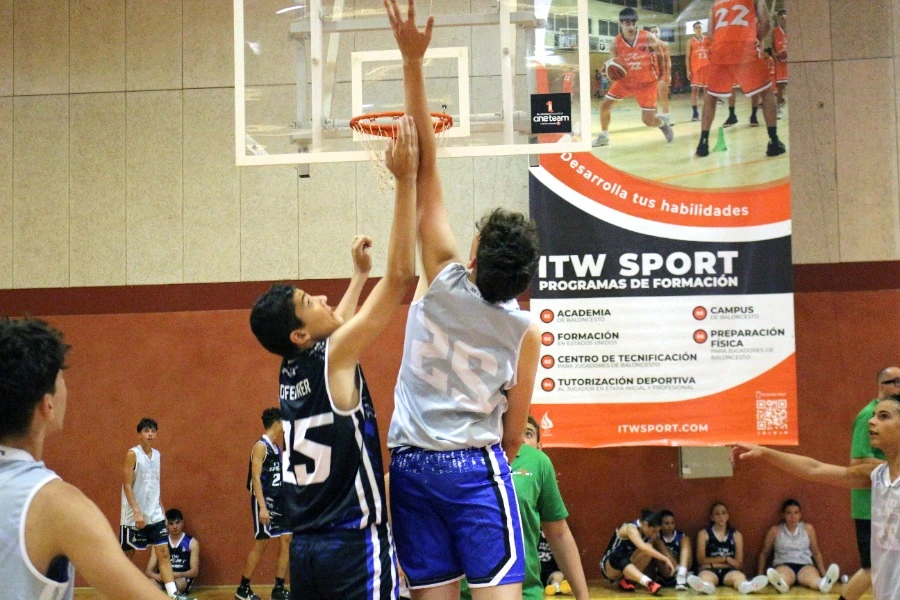In today's article, we will discuss the keys to defensive screening. Taking these points into account will prepare us to react appropriately to the mismatches caused by screens.
Differences between indirect and direct screens
These are terms that are quite easy to differentiate. When the player receiving the screen is the one with the ball, we are talking about a direct screen (directly to the ball, which is what we want to possess in basketball). When it's set on a player without the ball, it's an indirect screen.
Example of an indirect screen
How to defend an indirect screen
To successfully handle the defense of an indirect screen in offensive basketball, it's crucial to start from a good defensive position.
Another important aspect is communication among team members, especially those in the area where the action is taking place, to clarify the defensive solution within seconds. It is worth noting that any information coming from other players is welcome.

All 5 players must be involved. These are studied and quick plays, which is why, when a play of this nature begins, we need to keep in mind that it could end in anything from a drive to the basket to a three-point shot from the player in the corner who is left open after the help defense. This is why we need to stay alert.
When chasing the shooter, the following should be taken into account:
- Press aggressively on the ball to break the offensive timing.
- Use the outside shoulder as a reference.
- The defender of the screener should create a good defensive triangle.
- The defender of the screener can perform an arm flash (“step out”) to the shooter.
Keys to reacting to an offensive indirect screen
If the screener's defender helps for too long, they need to rotate with the closest player to defend the possible pass to the screener. Therefore, the concept of "helping the one who helped" is applied.
The passer's defender should fake in the passing lane when the shooter curls. Remember that the curling action is defined as the 180-degree turn made when receiving the screen.
When screens are set in a position far from the ball, you should "cut" and form a defensive triangle between the ball handler and the attacker. One option in this defense is to pass through the 3rd, meaning through the lane created by the screener's defender and the screener, taking a step back.

When the defender is far from the player who will receive the screen, a switch (“red”) should take place. To do this, the following must be considered:
- The defender of the ball handler must pressure the ball strongly.
- It is mandatory for the “smaller” player to request the switch, making the effort to position themselves between the ball and the interior player, allowing only the possible “lob-pass.”
- Next, the closest interior player should rotate to undo the mismatch.
It may seem a bit complex to read on paper and, of course, it is not an easy task to execute. That’s why I recommend that, if you're a player, you always consult with your coach for any doubts, and if you're a coach and have questions, feel free to contact me.
Juanjo Segura
Head Coach, ITW Sport Sports Program
Director of the digital magazine, www.entrenandobasket.es






